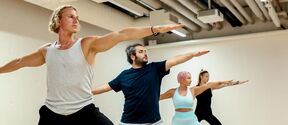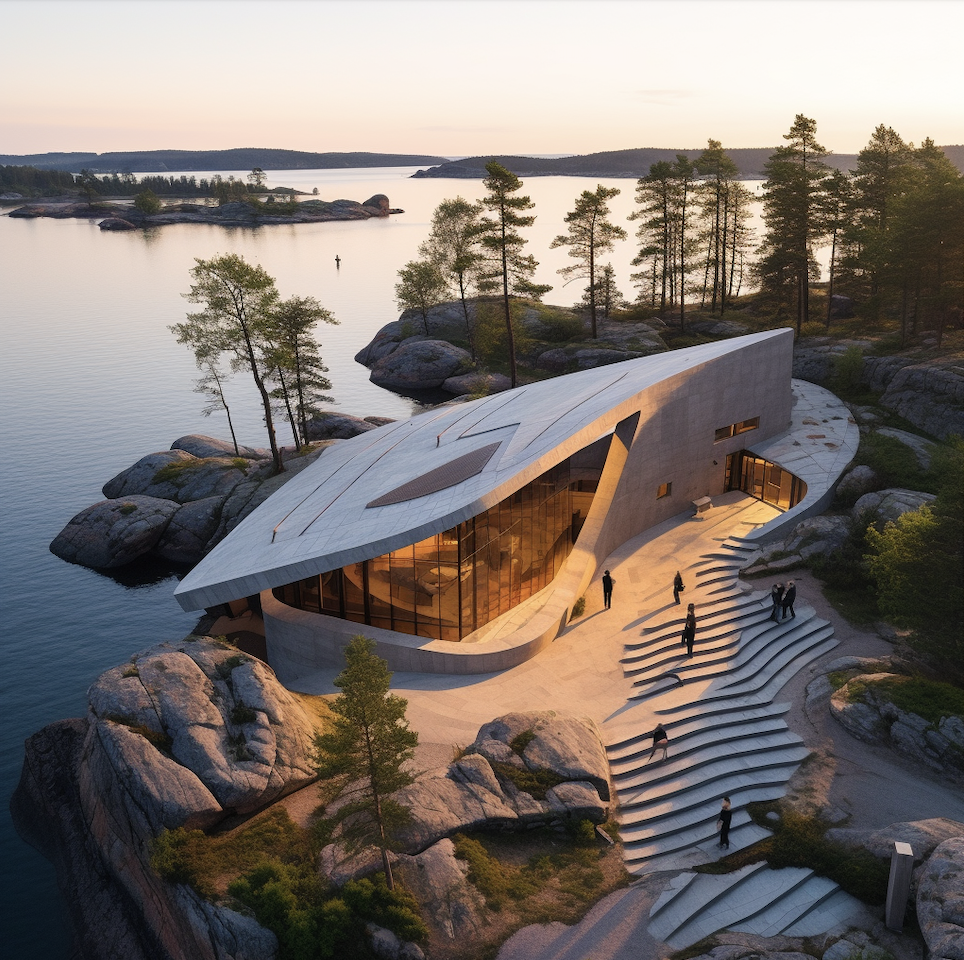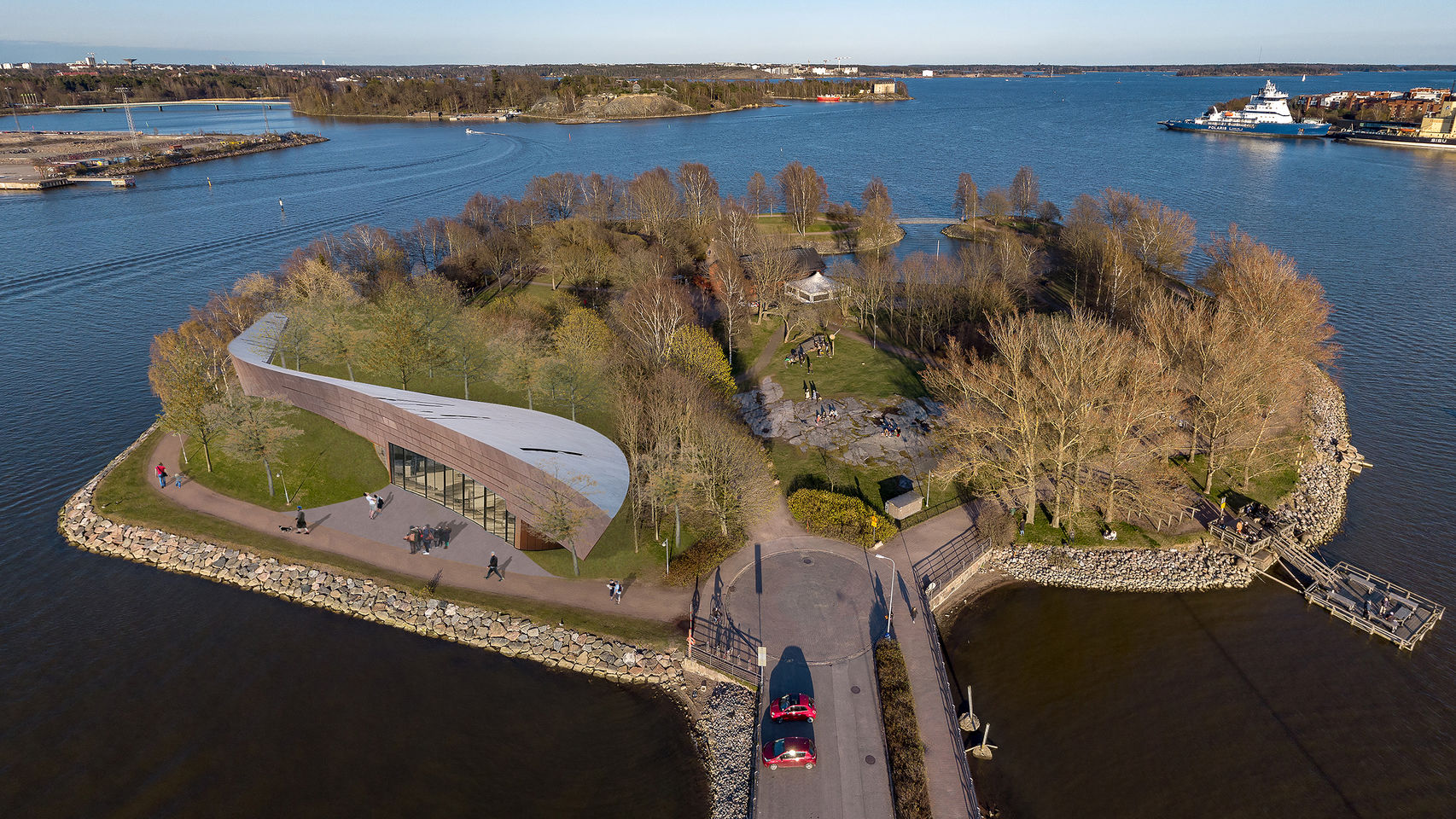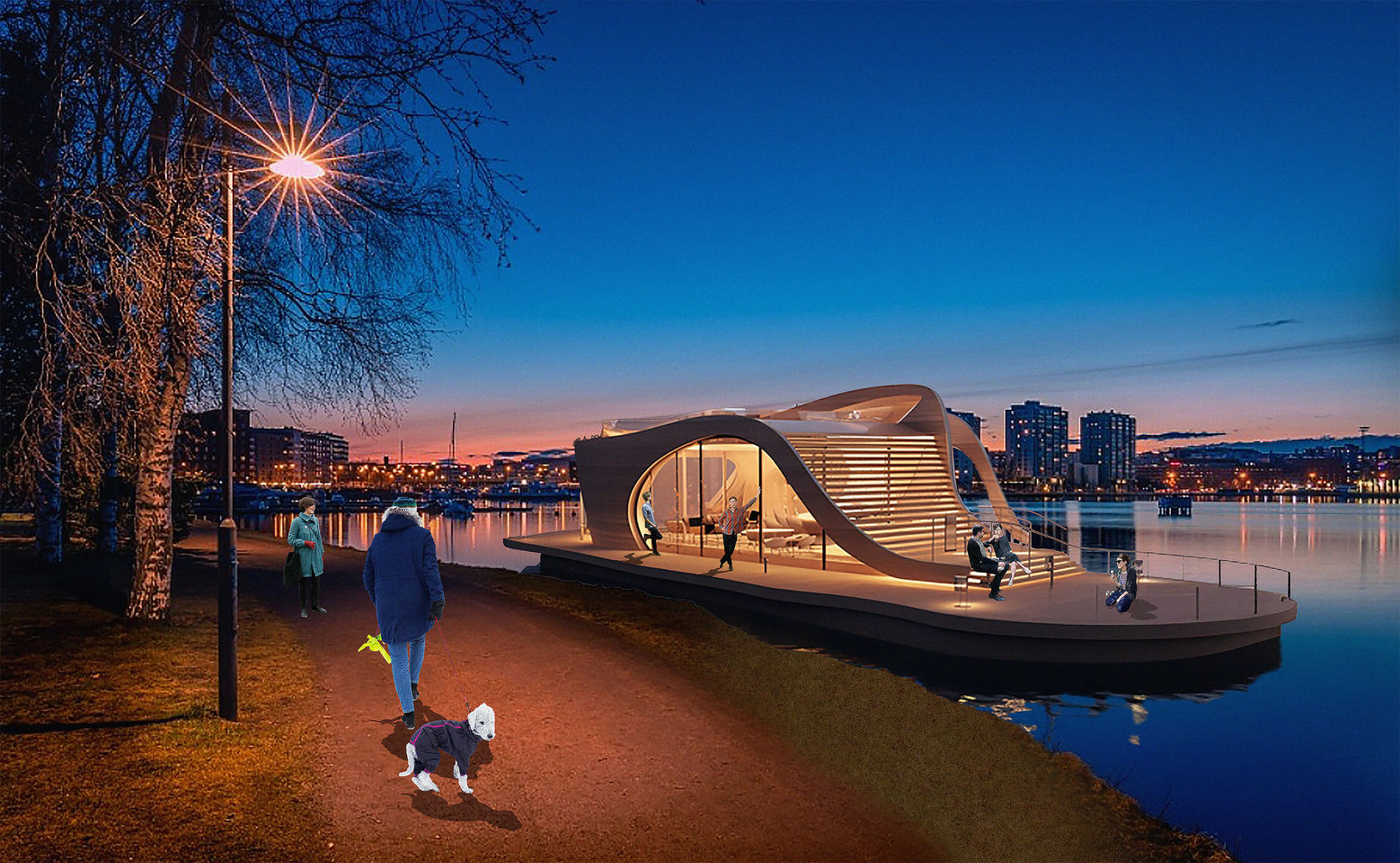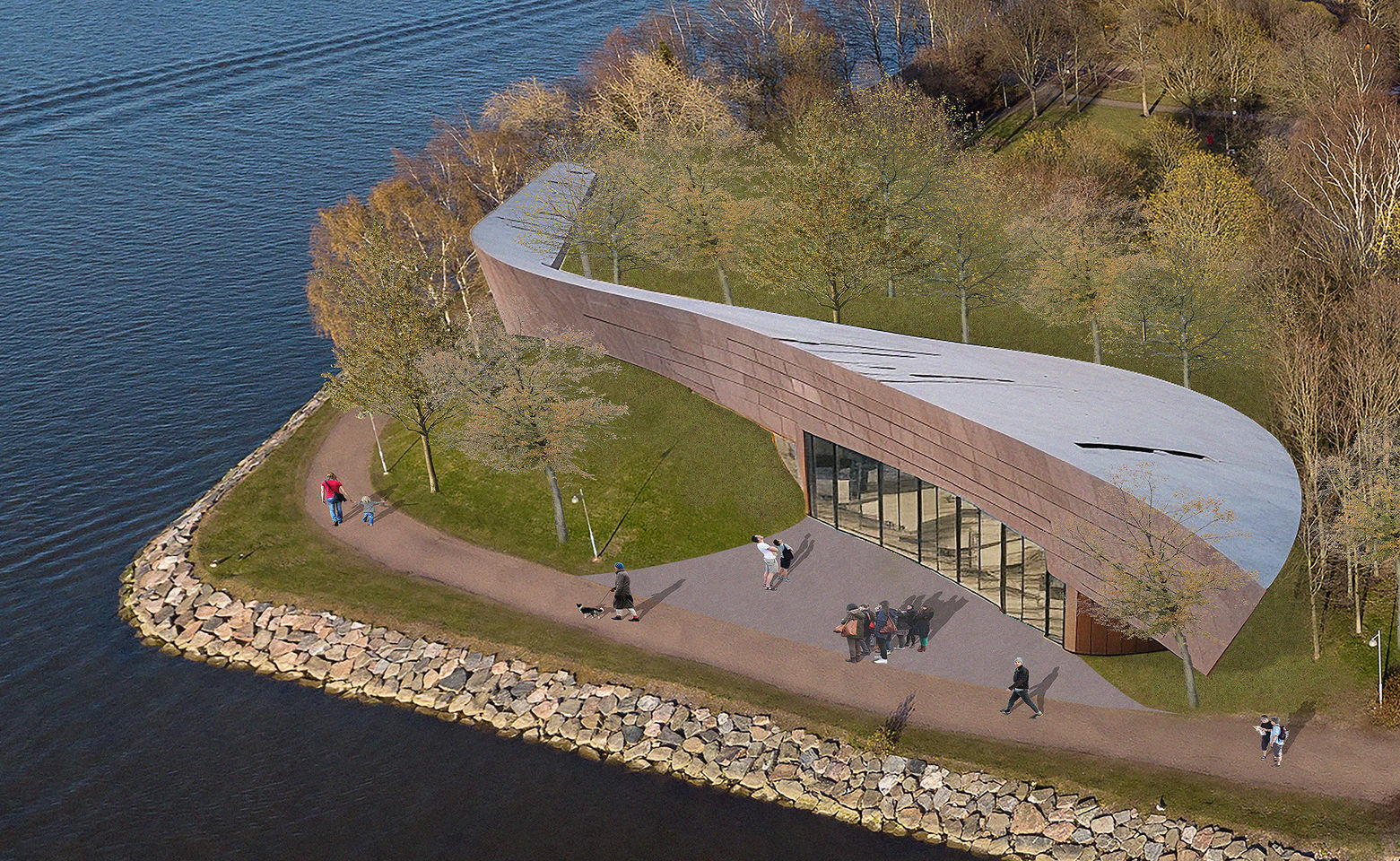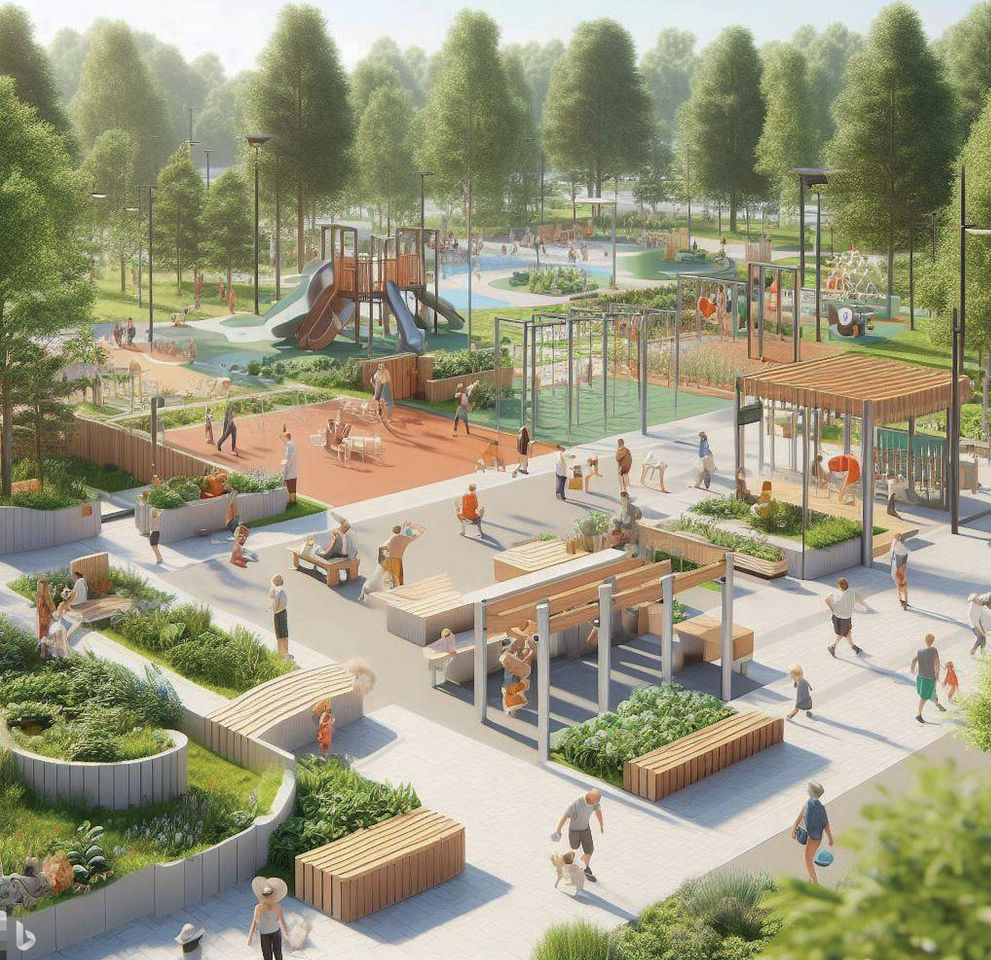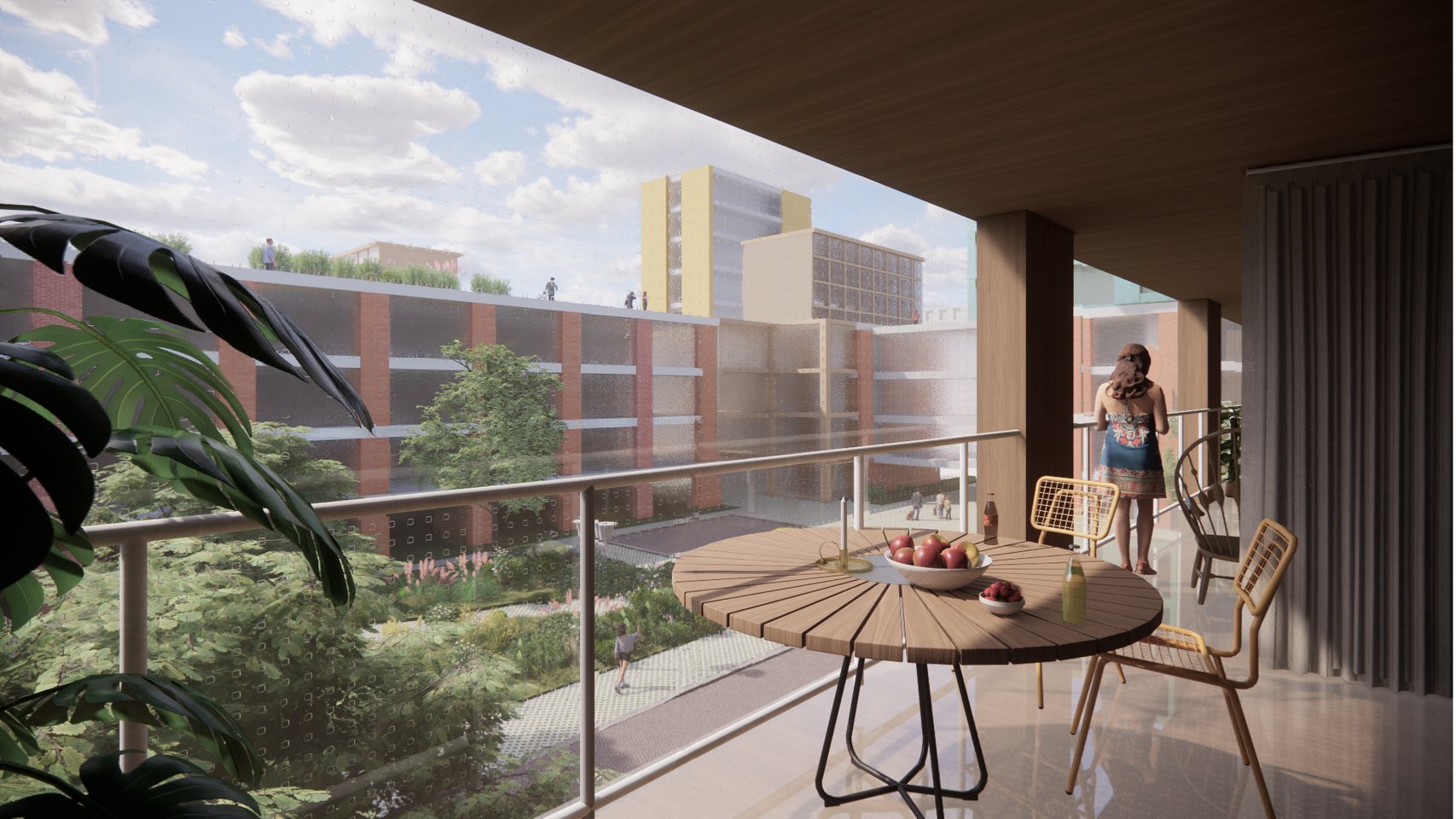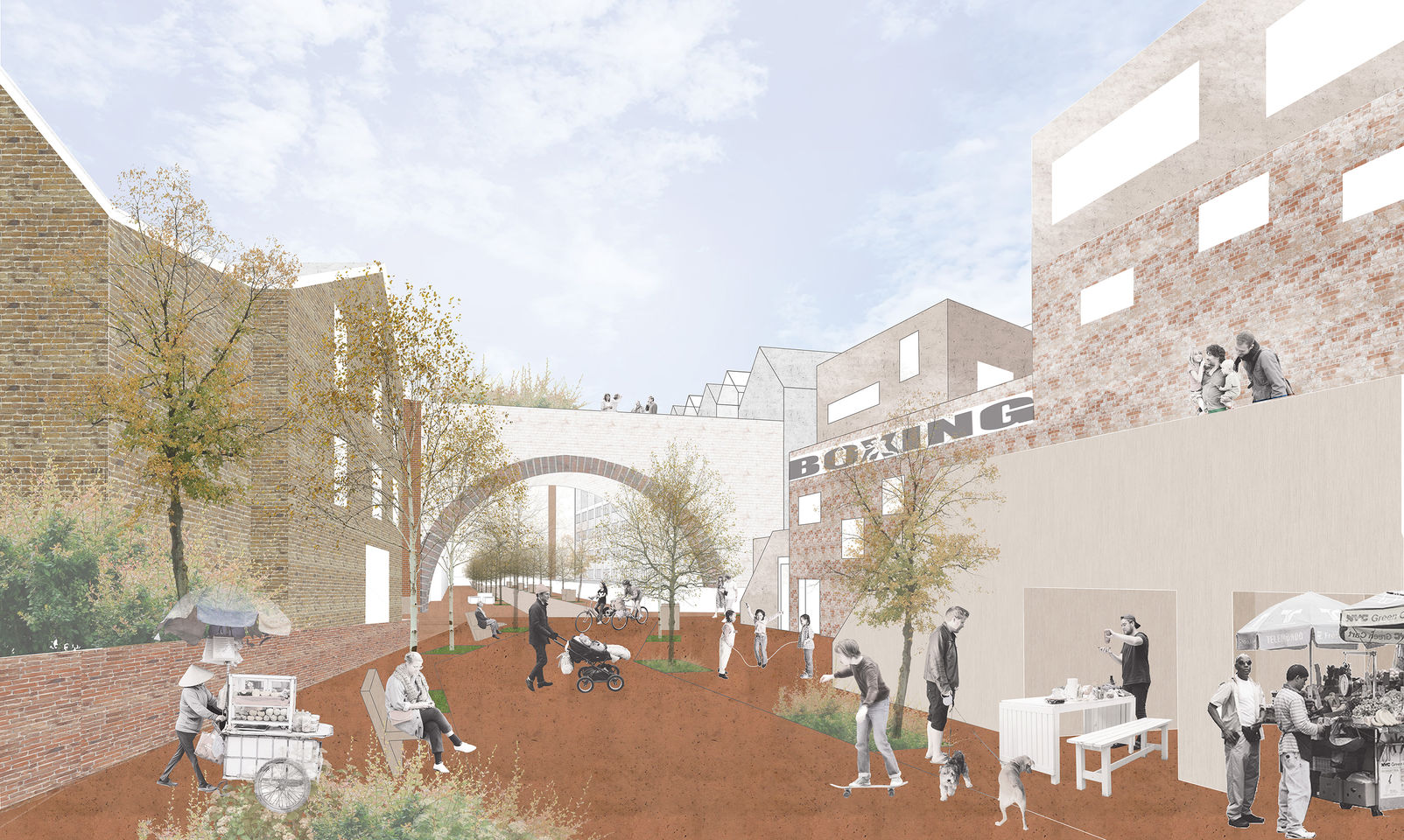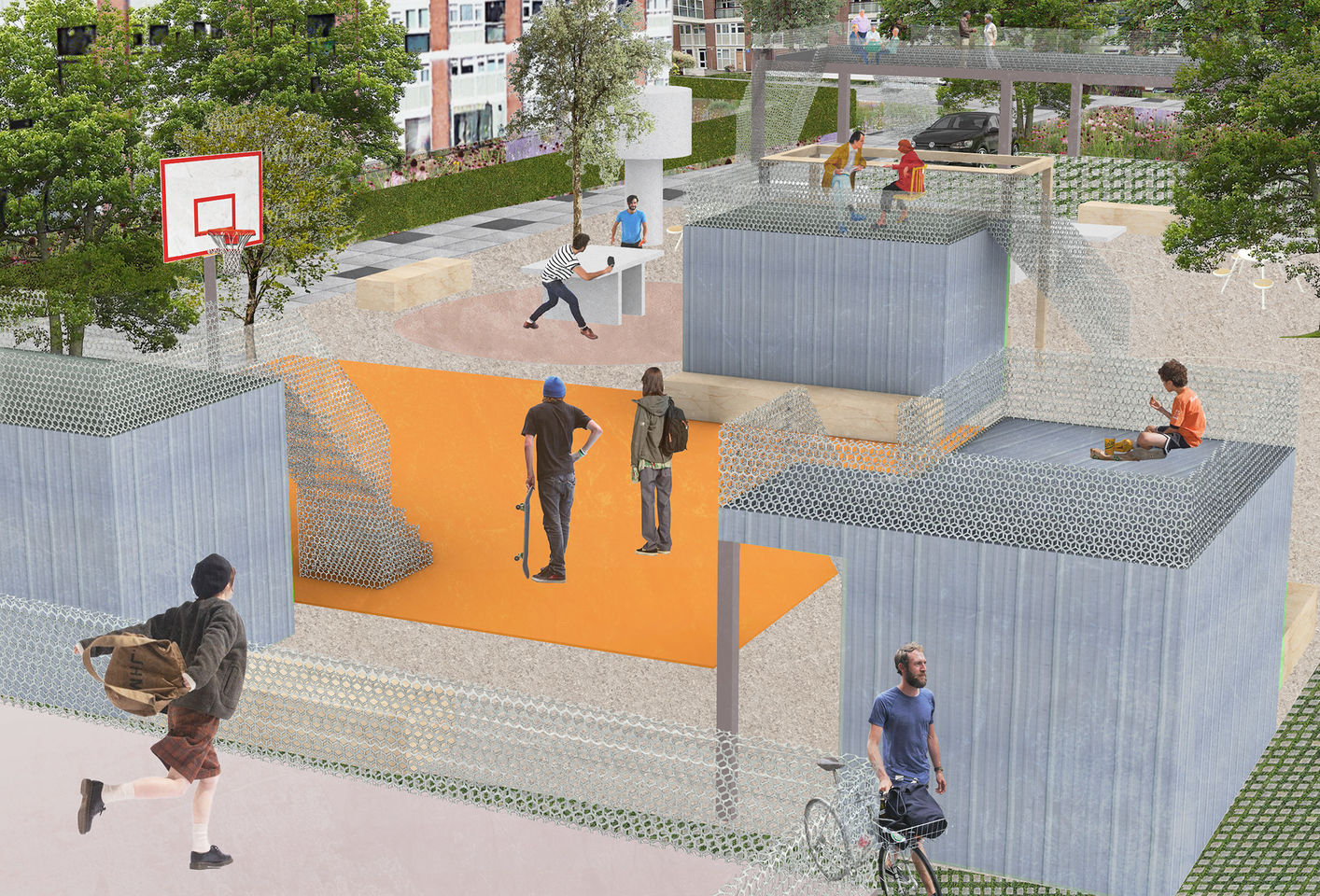Architecture students use AI to design social innovations for London
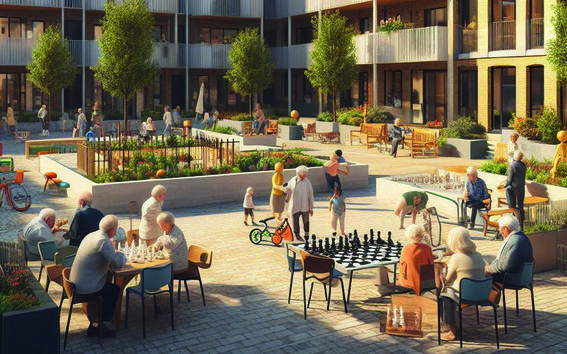
The Ethelburga area in Battersea, London, England, will be the subject of an urban regeneration project in the near future. The area is central in the urban landscape: it is located right on the banks of the River Thames, across the river from the prestigious Chelsea residential area.
The area is also home to the campus of the Royal College of Art, a sister university of Aalto University. The university's advanced Intelligent Mobility unit develops mobility solutions and envisions future environments through service design.
Now the unit worked together with Aalto University’s Department of Architecture and local stakeholders on how to develop this post-war suburb in the middle of the city. What kind of social and physical urban renewal would be good? What are the social innovations of the future?
These questions were tackled on The Dance of Life course during the autumn and winter by a group of students from Aalto University's Architecture and Interior Architecture, and two students of Urban studies from the University of Helsinki.
‘During the course, we pioneered the development of qualitative evolutionary design as part of the sustainable development revolution’, says course leader Antti Ahlava, Professor of Emergent Design Methodologies. ‘We focused on how physical and functional design can be brought together with new methods in a sustainable way.’
The course was part of a Creative Economy research project led by Aalto University and funded by Business Finland, involving five Finnish architecture firms and the University of Tampere. The project aims to promote a more sustainable and digital society, strengthen cooperation between creative economy companies and research organisations, and develop and apply new digital solutions.
Professor Antti AhlavaThis is Business Finland's first programme on creative industries and we are delighted to be able to contribute to this. The importance of the creative industries in the sustainable transition has been underestimated."
Better qualitative design with AI
The course applied new digital solutions, including the use of visual artificial intelligence to illustrate qualitative design criteria and to generate alternatives.
The aim of architecture is to create sustainable housing and examples that meet different qualitative criteria. Ahlava believes that AI can help to bring these together and to bring depth to evolutionary design. Evolutionary design is a natural process based on criteria, refinement and optimisation.
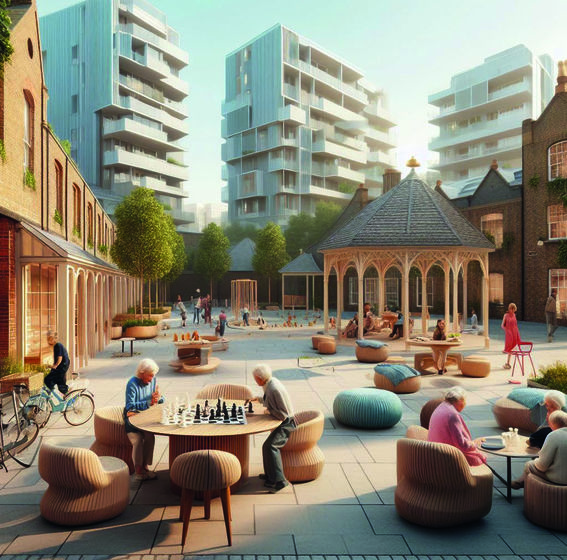
‘By using AI, it is possible to produce increasingly better design processes, where research-based quality criteria and multivariate situations can be addressed with design stakeholders in a more comprehensive and seamless way for the designer. The important thing in design is to generate alternatives, and this is where AI can be very useful’, states Ahlava.
‘We should be able to combine a wide range of design methods and tools to achieve an outcome that is as good and as relevant to people in the modern age as previous generations have been able to achieve.’
Ahlava points out the importance of combining physical design and service design in all aspects of design. This was also the aim of the course.
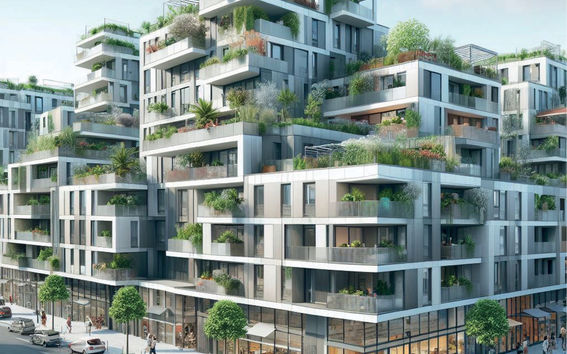
A new design method
‘The course made an important contribution to the development of architecture by figuring out how the principles of evolution in the spirit of sustainable development could be used as a tool for qualitative design’, says Antti Ahlava.
During the course, students tested a new design methodology that responds to increasing complexity with simple, flexible and self-organising design principles.
There are evolutionary computational tools that have been developed for architecture, generating options at the touch of a button and measuring physical properties such as the amount of natural light or the efficiency of movement spaces.
‘However, the evolutionary principle has not yet been widely used in qualitative design of people's social and living worlds, for example in questions related to the spirit of place, spatial experiences, creativity, community, uniqueness, atmosphere, sensory experiences, aesthetics, or the dramaturgy of architecture’, the professor explains.
Before coming to London, the course practiced both qualitative evolutionary methodology and artificial intelligence for developing the Tervasaari district in Helsinki, where the course also collaborated with students from the Shibaura Institute of Technology in Japan. The collaboration led to the insight that in architecture evolutionary design is always related to the evolution of either the place, type or feature of the construction.
In London, the starting point for the work was to bring together the different historical layers, functional dimensions and different backgrounds of the current and future inhabitants of the Battersea area. A key focus of the course was to come up with new social innovations for the area, i.e. solutions that increase well-being, reduce problems and bring people together.
There are already many community-based activities and services in the area, such as communal gathering spaces for residents, a community garden and a boxing gym, among others.
The students were looking at issues such as how to better combine public and private spaces, how to bring people of different ages and backgrounds together and how to encourage people to feel part of a community. They also conducted background interviews with residents, officials and politicians.
The students chose their own qualitative criteria and evaluation methods and learned how to use artificial intelligence to help them.
‘When AI is used in planning, the key is a textual request or description that guides the program to create a plan. The students learned to produce these prompts based on research data on qualitative criteria and develop them towards more usable and holistic design options’, says Ahlava. The evaluation of options was also crowdsourced.
Another new methodological solution on the course was that students presented their final project as a video, in addition to the normal design drawings. As part of the Creative Economy research project, the project tested whether video-based narratives could be used in architecture more widely. According to Ahlava, they can make plans more understandable and even more attractive.
Professor Antti Ahlava evaluating student works:
Liina Kiviö: "Social and cultural continuity"
'The social innovation in Liina's group for Tervasaari was architecture, which increases the quality of multisensory experiences. Visual AI was engaged in a poetic manner when prompted to enhance locally typical visual, tactile and vocal characteristics of the island. Measurement criteria and design concepts were developed based on a very useful tailor-made crystalline diagram.
Liina was able to cultivate already existing local characteristics also in her work on Ethelburga, contributing to the evolutionary development of "social and cultural continuity" in this suburban area. This included such reinterpreted concepts as "the high street", "rooftop additions" and "terraced house extensions". AI prompts produced models for both "innovative parks" and "green roofscape". "In the design, new and old buildings in the area form a functional and playful, diversified whole".'
Karolin Kull: "Reimagining through infrastructure"
'Against bland and monotonous experiences in modern architecture, the chosen qualitative topic for the project of Karolin's group on the development of Tervasaari Island was architectural dramaturgy. They studied past measurement criteria and introduced their fitness criteria, including architectural concepts and designs for consolidated thematic zones, maximised views, and exciting year-round usage.
Karolin's work on Ethelburga wanted to develop social innovations for environmental design – natural, social and mobility infrastructures. Her work addressed crucial development questions such as flooding, active living and disparities. AI was used for multi-criteria optimisation and producing a diverse population of design alternatives. The programming and design of intergenerational and biodiverse spaces impacts the eco-conscious district.'
Eeva Rosenqvist: "Communality"
'Eeva's group started by breaking down the principles of how locations for different activities are generally selected in architecture and applied their findings to the development of Tervasaari Island.
Communality became Eeva's qualitative topic in her work on Ethelburga and she used AI generation skillfully for developing population alternatives for evaluation. Eeva's local evolutionary style was commended, as well as her ideas and designs for changed uses.'
Read more news

Join Unite's Well-Being Workshop Series
The interactive Zoom sessions are designed to support doctoral students’ well-being, strengthen a sense of belonging, and offer practical tools for success in their academic journey.Create your CV easily with the Research.fi profile tool
Aalto University’s researchers can now create a CV using the CV tool in the Research tool service. The tool generates an editable Word CV based on your Research.fi profile information, following the official TENK CV template.
Are you tired of bad news?
The Laboratory of Hope exhibition presents ideas for a brighter future from 5th February to 27th March 2026